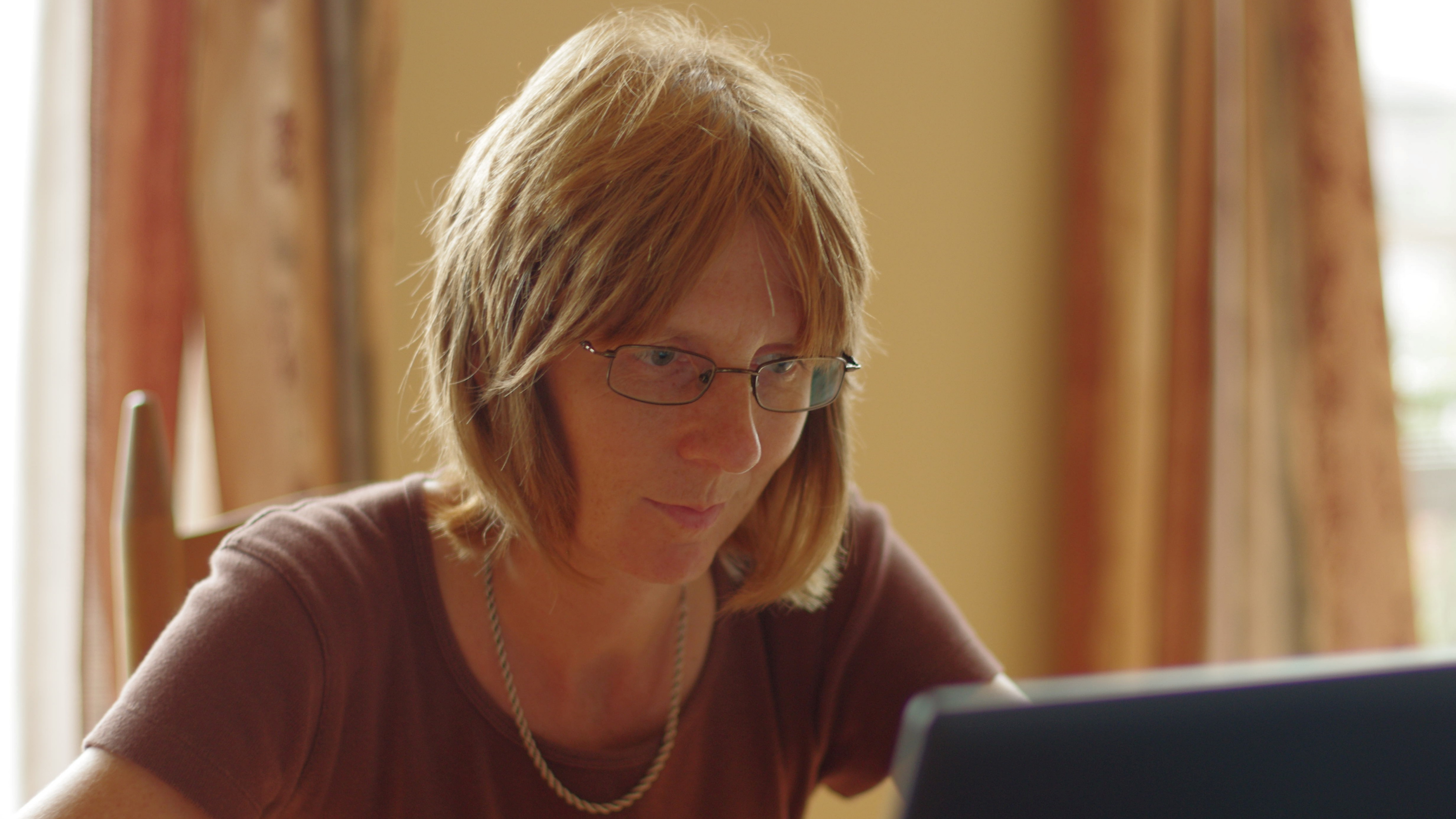The past year and a half has shone a spotlight like no other on personal protective equipment: the masks and other materials that act as a superhero shield between our bodies and the sometimes-dangerous world around us.
Patricia Dolez, on the other hand, has had it on the brain for a bit longer. Dolez, an assistant professor in the Faculty of Agricultural, Life & Environmental Sciences’ Department of Human Ecology, specializes in giving protective clothing an extra edge — from developing a textile that kills viruses on contact to designing high-tech fabrics for the Canadian military.
In this week’s Innovator Spotlight, Patricia shares how her good ideas come when walking the dog — and how even better ones come from collaboration.
How do you describe your work to people who don’t work in your field?
I try to develop new knowledge, test methods relevant to service conditions and improve materials and designs for clothing, textiles and PPE. For instance, I have been working on end-of-life sensors for fire protective fabrics used by firefighters so that they know when their bunker suit may not be safe anymore due to excessive exposure to heat, light or moisture. I am also working on the development of self-decontaminating fabrics that kill viruses and bacteria upon contact to limit cross-contamination. My work benefits from collaborations with colleagues in other disciplines and partnerships with companies in the textile industry.
What’s one big problem you want to solve through your work?
The best-performing protective clothing is useless if it stays in a closet because it is not comfortable or prevents the user from doing their job because of reduced dexterity or low range-of-motion, for instance. Therefore, one thing I am trying to do is to develop better-performing materials and designs for PPE without compromising their comfort and functionality. One example is protective clothing against chemical agents that remains breathable.
What does the word “innovation” mean to you?
Innovation is about generating new ideas. For me, it also means solving a problem and coming up with a solution that can be implemented in the industry. This is why I involve end-users and industry partners in my research: they help ensure that what we develop really responds to the needs of the product end-users and that the industry is going to be able to produce it. Ultimately, my objective is that people and the industry can benefit from our research.
What’s been your biggest a-ha moment — in life or work — so far?
I feel very fortunate: I have a-ha moments on a regular basis at work. It makes life so interesting. For instance, we have probably found the reason why firefighter bunker suit outer shell fabrics that are made of Kevlar and polybenzimidazole fibre blends are more susceptible to hydrothermal aging compared to other Kevlar-based fibre blends. The implication of this a-ha finding is major for the long-term safety of firefighters.
How do you or your team come up with your best ideas?
From my experience, good ideas often come when you do not expect them. In my case, they generally spark when my mind is free to meander, taking a pause from the bustling rhythm of life: when I am walking my dog, under the shower, on the verge of falling asleep, etc. However, the best ideas come from sharing different perspectives with my team and with colleagues and collaborators: each person builds upon the insights provided by the others. The interdisciplinary approach is critical when dealing with the complex challenges encountered in clothing, textiles and PPE. These sorts of challenges require bridging science, technology and human-related considerations.
What’s your favourite thing about working at the U of A?
The U of A offers such a rich diversity of disciplines and expertise. What I really enjoy is collaborating with researchers in other departments and faculties in a wide range of disciplines: textile science, engineering, medicine, chemistry, social sciences, etc. In that perspective, the human ecology department is the best place: it allows me to look at science and technology — I am an engineer by training — with a human-centered perspective.
Do you have a role model at the U of A? How have they influenced you?
Betty Crown, who is an emeritus professor in human ecology, is someone who has had a large influence on me since I started at the U of A four years ago. I took over from her as the Chair of the ISO Canadian Mirror Committee on Protective Clothing a few months after arriving here and she has been supporting me a lot in my new role. I also admire the strong collaboration she established with colleagues in mechanical engineering, which led to the creation of the Protective Clothing and Equipment Research Facility. Moreover, she has been working in very close partnership with the industry who has benefitted and still benefits from her findings, in particular in the area of flammability.
I also find inspiration in many other people around me: my team with their enthusiasm for research and their support for each other, my students so passionate about learning, my colleagues from whom I discover different ways of doing things and my collaborators from the industry ready to take on the uneven path towards innovation.
This conversation has been edited for brevity and clarity.
Innovator Spotlight is a weekly feature that introduces you to a faculty or staff member whose big ideas are making a big difference.
Do you know someone who’s breaking boundaries at the U of A? (Maybe it’s you!) We’re interested in hearing from people who are creating new solutions to make our world better. We want to feature people working across all disciplines, whether they’re championing bold ways of thinking, driving discovery or translating insights from the lab into the market.
Get in touch at blog@ualberta.ca.
